ANDY WARHOL (1928-1987)
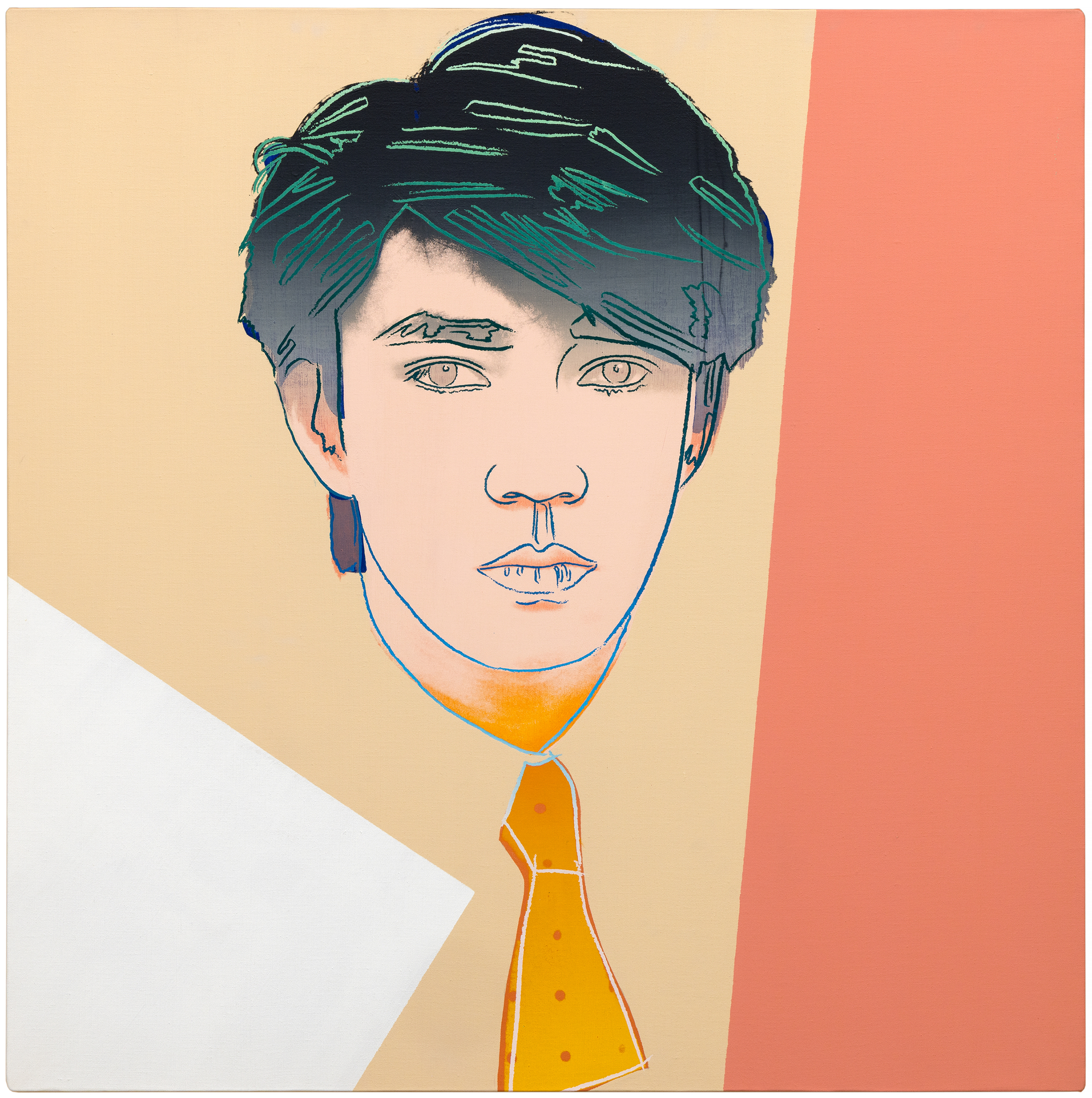
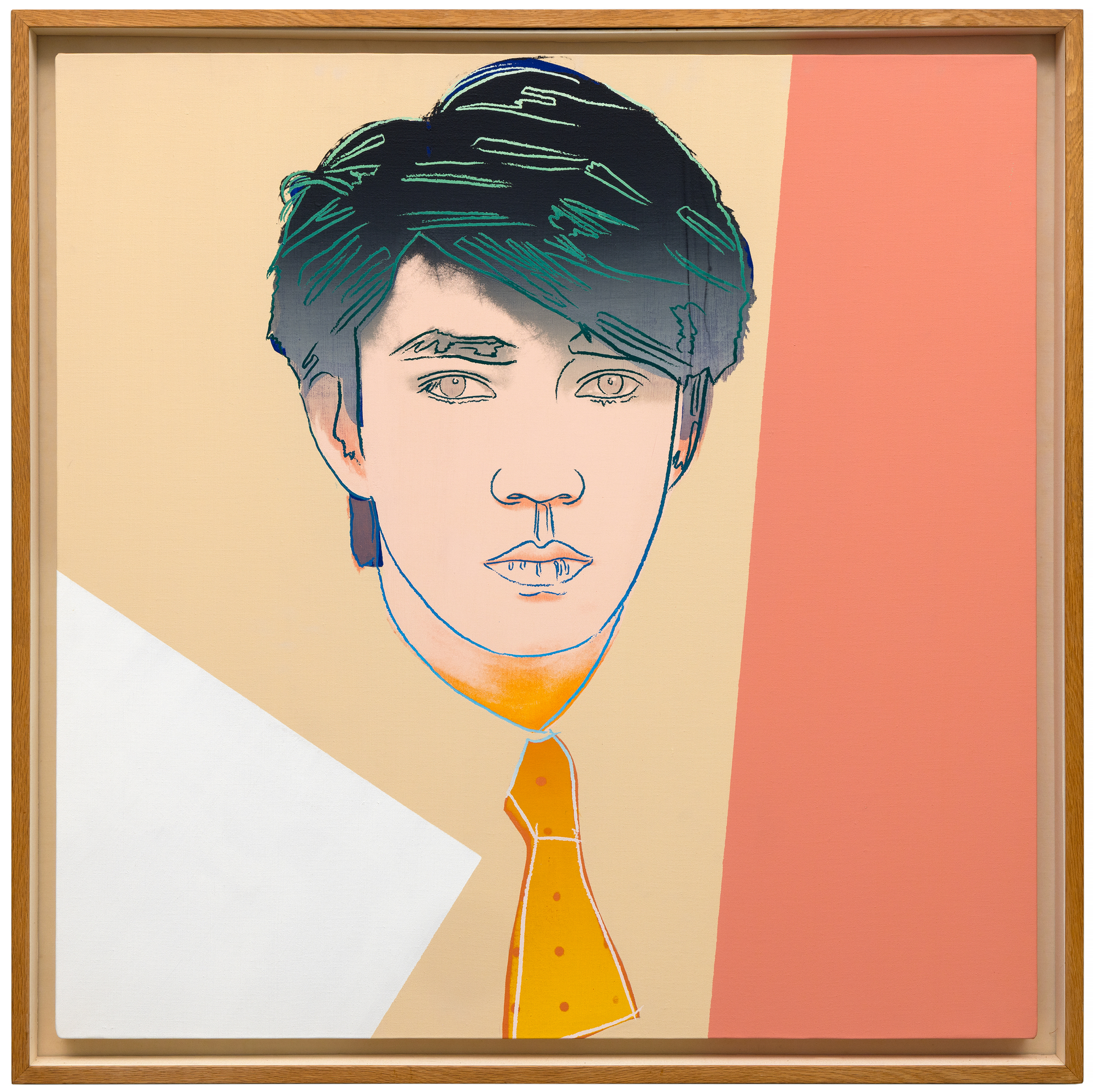
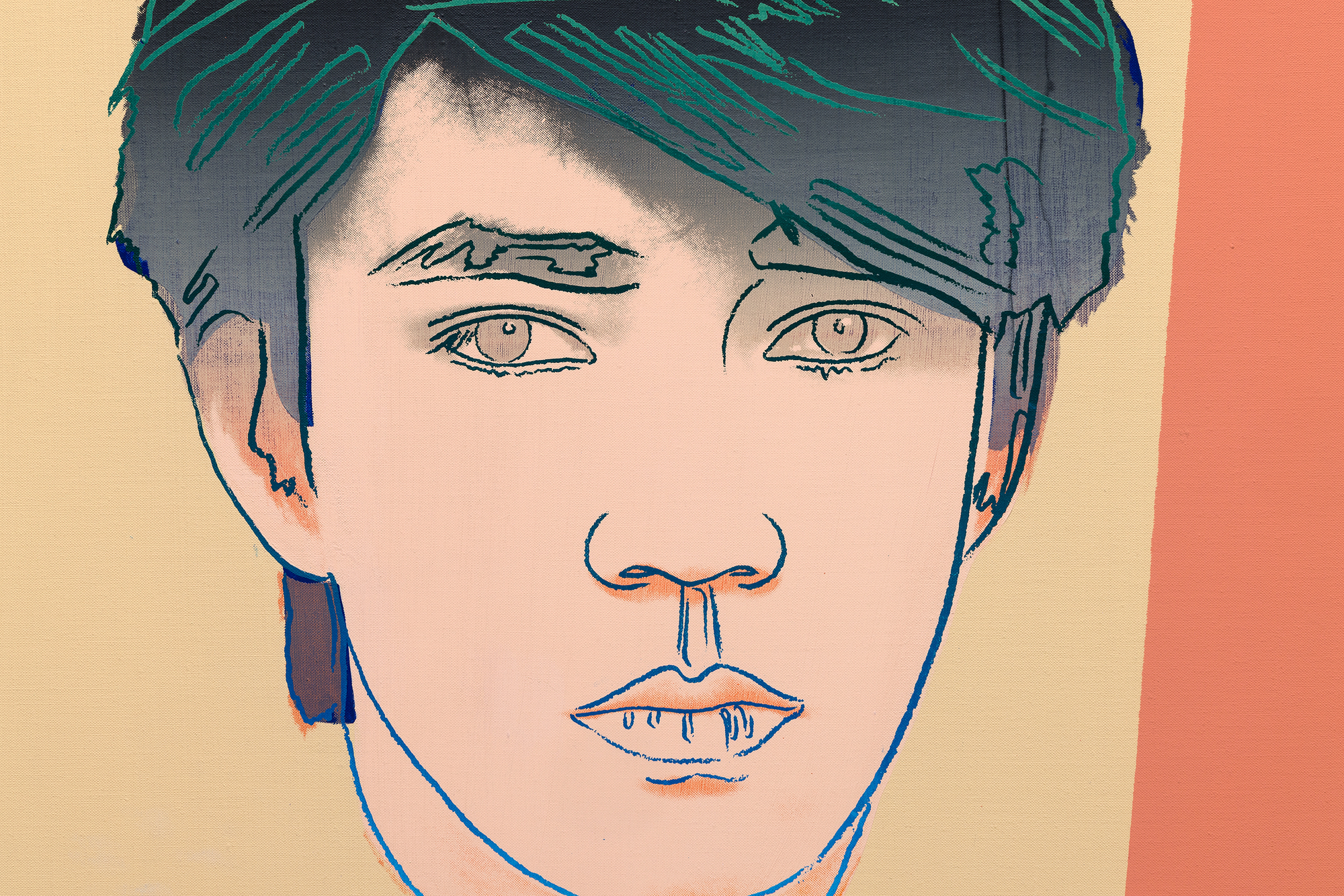
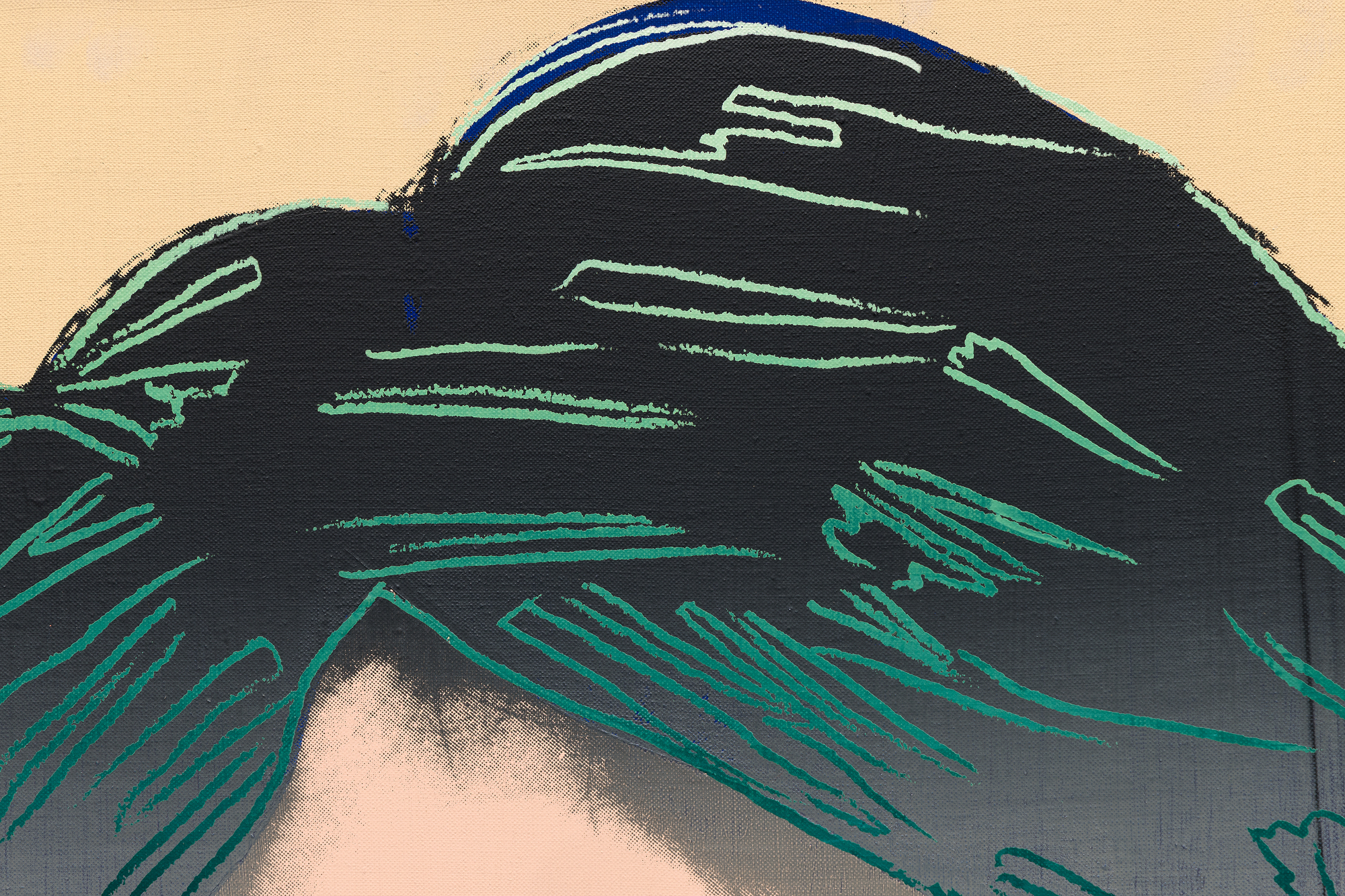
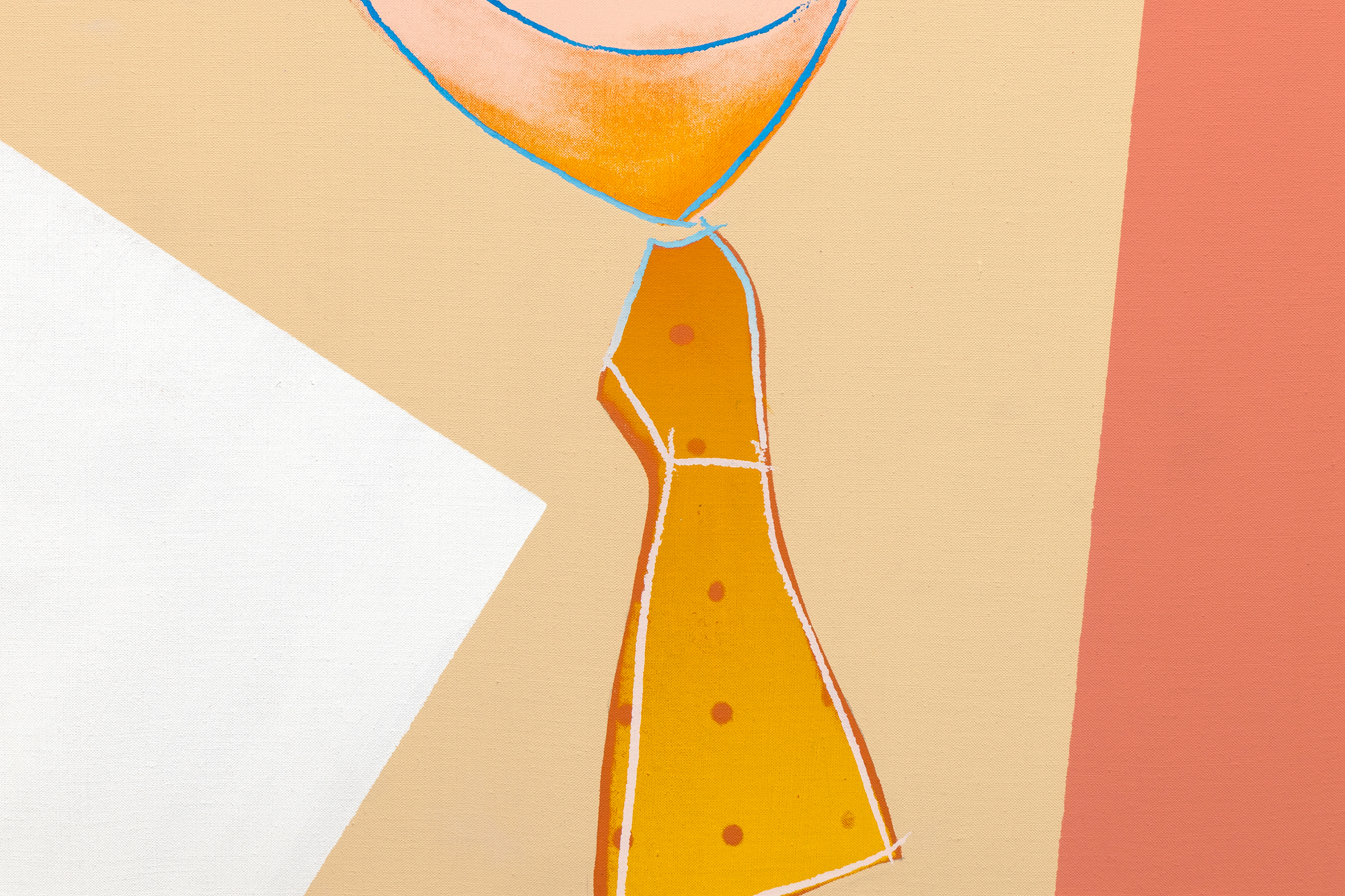
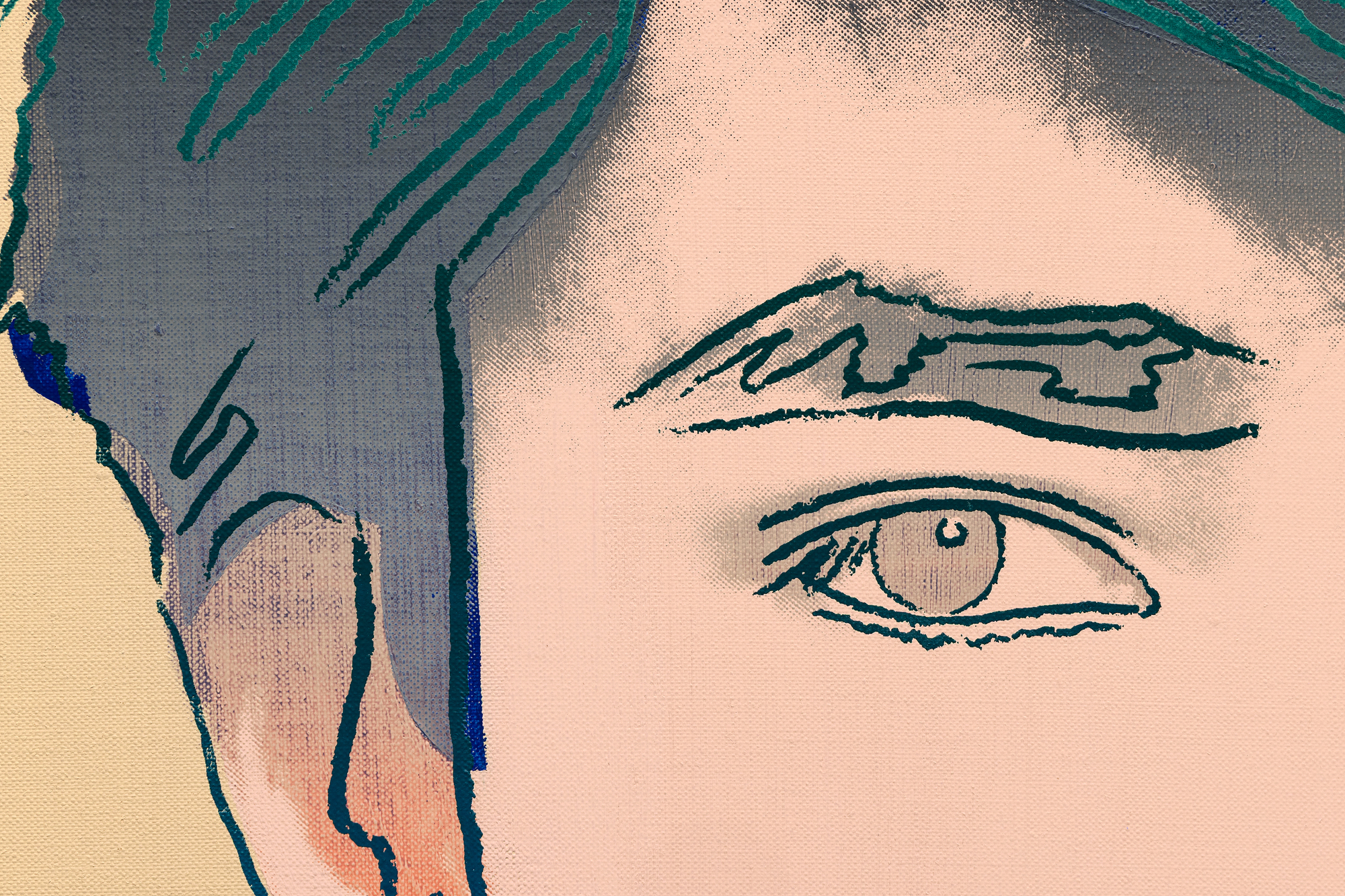

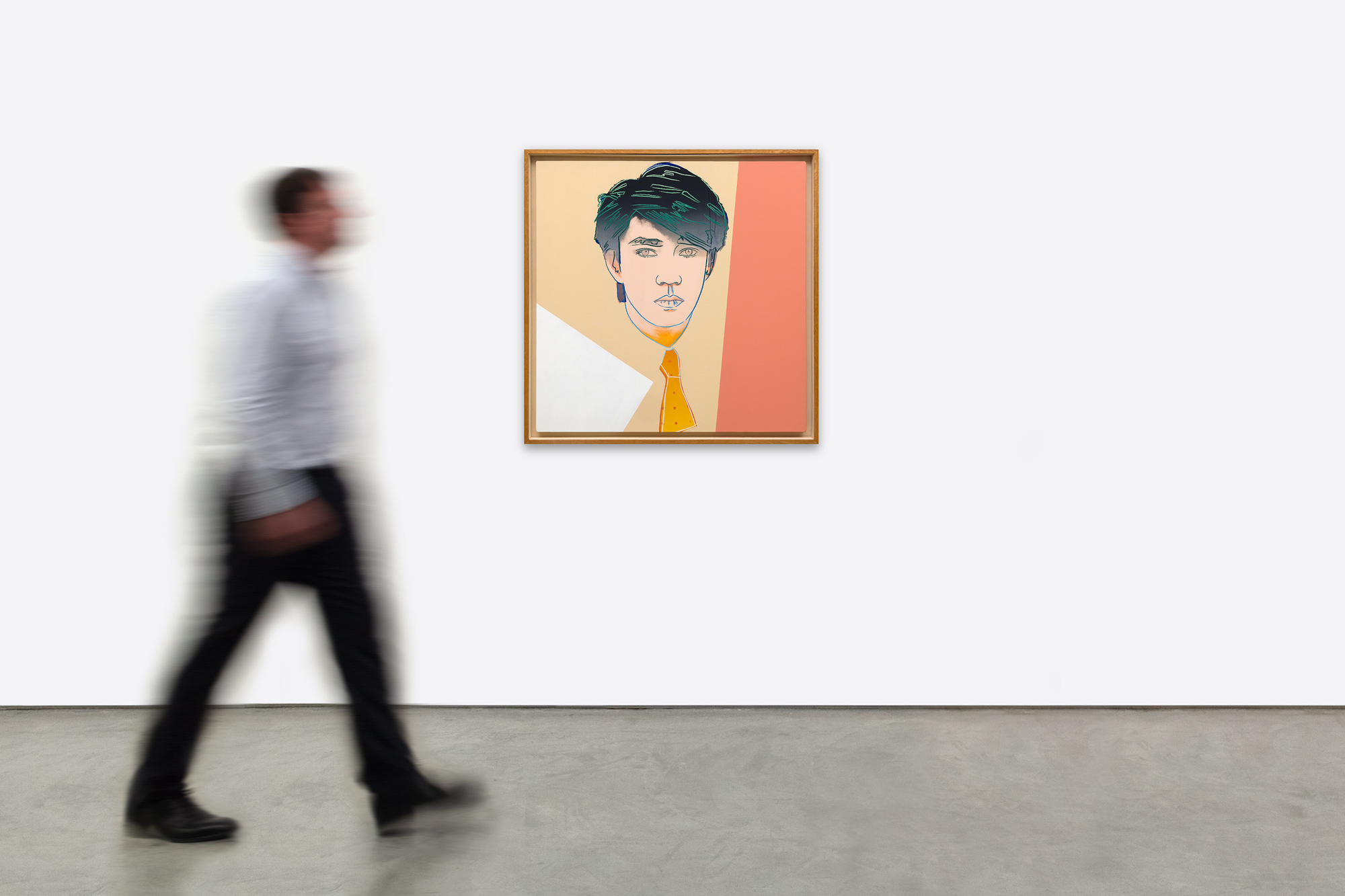
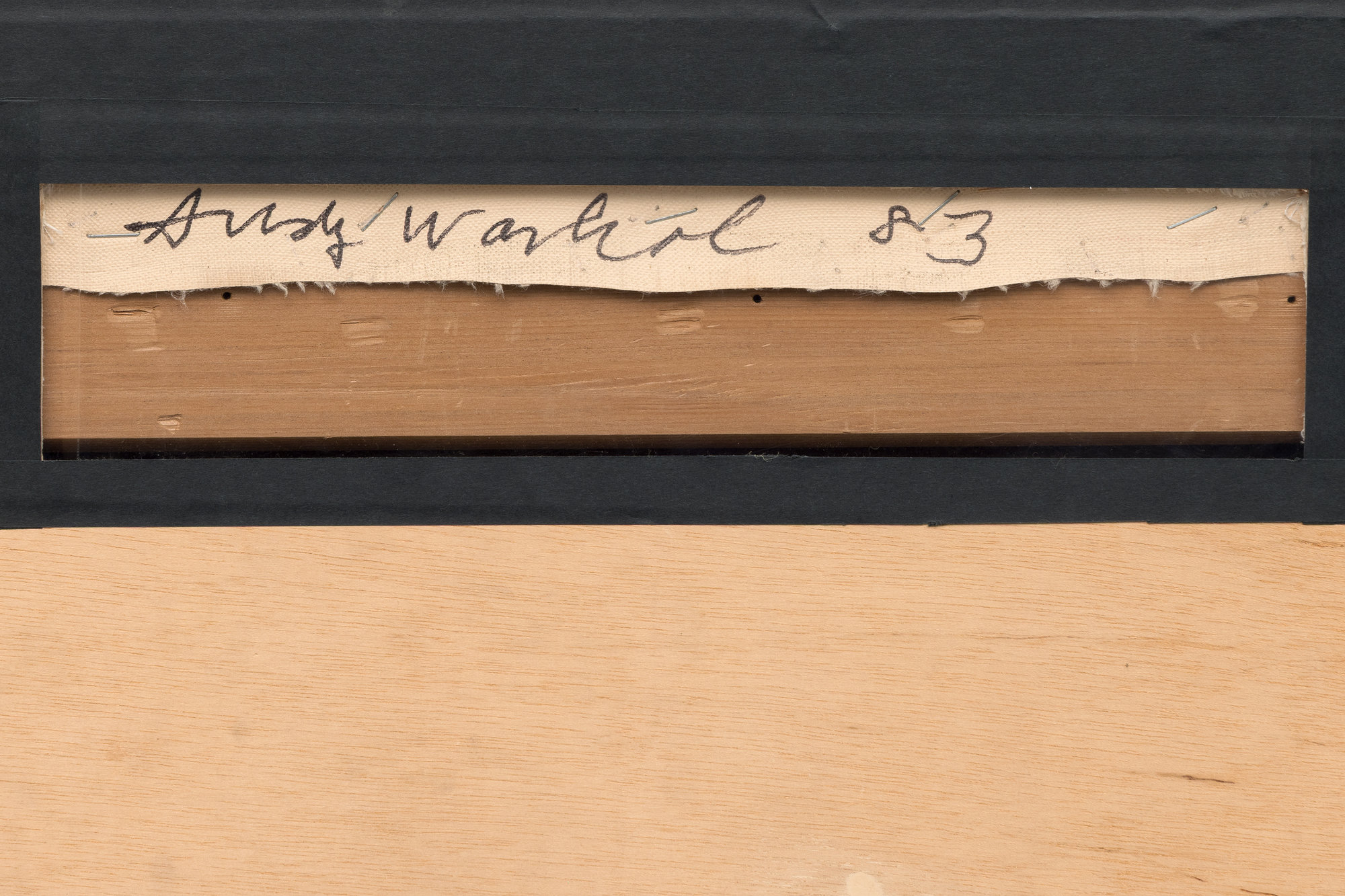
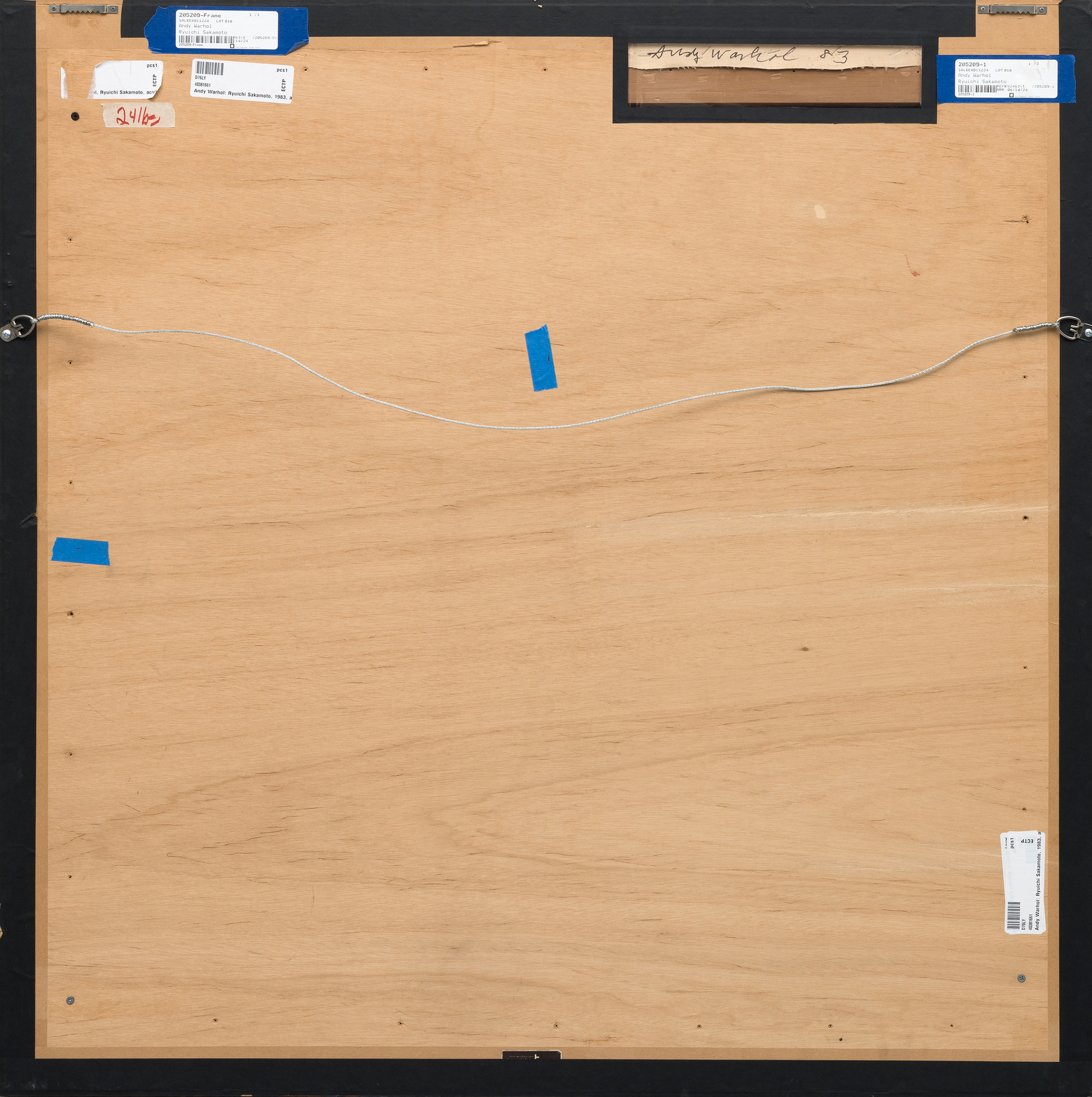
Procedencia
Kyowa Hakko Kirin Company, JapónColección privada
Mallet International, Tokio, 13 de julio de 2017, lote 230.
Colección privada, adquirida a la anterior
Sotheby's Nueva York: Jueves, 28 de septiembre de 2023, lote 245
Colección privada, adquirida a la anterior
Precio345,000
La composición destaca el estilizado rostro de Sakamoto, representado con precisos contornos serigrafiados. Su pelo oscuro y texturizado aparece sobre un panel melocotón, atravesado por una sección triangular blanca. Warhol mejoró el proceso de serigrafía con toques de dibujo a mano que realzan los rasgos faciales de Sakamoto. La combinación de técnicas mecánicas y manuales confiere al retrato el pulido de una serigrafía y el tacto de una pintura.
En la década de 1980, Ryuichi Sakamoto era conocido en todo el mundo como cofundador de la Yellow Magic Orchestra y por su pionero trabajo en solitario en la composición electrónica, orquestal y de bandas sonoras. Al elegir a uno de los pocos personajes masculinos no occidentales de la lista de Warhol, éste reconoció la influencia mundial y la belleza de Sakamoto, lo que hace que este retrato sea especialmente raro en la obra del artista. Ryuichi Sakamoto", que forma parte de una serie más amplia de retratos de celebridades junto a iconos como Mick Jagger, Debbie Harry y Prince, ejemplifica la fascinación de Warhol por la fama como mercancía, serigrafiando personajes públicos para cuestionar la intersección entre arte, comercio y medios de comunicación.
La Tate de Londres y las National Galleries de Escocia conservan una versión litográfica de este cuadro, lo que reafirma su importancia cultural.
Esta obra es a la vez un vibrante homenaje a una de las figuras más innovadoras de la música y un testimonio de la perdurable exploración de Warhol de la creación de imágenes. Su atrevida paleta y su icónico tema siguen resonando en las colecciones contemporáneas que buscan un nexo entre la historia de la música, la herencia del Pop-Art y el diálogo intercultural.


